Tabby cats, with their distinctive coat patterns, are a familiar sight in homes around the world. While “tabby” refers to a coat pattern rather than a specific breed, these cats often share captivating traits that endear them to cat lovers. Among the diverse array of tabby colors, the brown and white tabby stands out with its unique appeal. This article explores the fascinating world of Brown And White Tabby Cats, diving into their appearance, personality, care needs, and why they make such wonderful companions.
Unpacking the Tabby Cat Pattern
Before focusing on brown and white variations, it’s essential to understand what defines a tabby cat. The tabby pattern isn’t a breed but a coat marking characterized by stripes, swirls, spots, or ticked patterns, always accompanied by an “M” marking on the forehead. This “M” is steeped in folklore, ranging from Egyptian associations with “mau” (cat) to Christian legends linking it to the Virgin Mary.
Tabby patterns are ancient, evident in cats throughout history, even dating back to ancient Egypt. The term “tabby” itself has intriguing origins, derived from “Attabiy,” a district in Baghdad known for producing striped silk taffeta in the 14th century. The resemblance of this fabric to the tabby cat’s coat led to the pattern adopting the name “tabby.”
Tabby cats are incredibly common, appearing in mixed breeds and various purebreds, which contributes to their widespread popularity and diverse appearances. Their lifespan typically ranges from 12 to 16 years, sometimes reaching 20 years with excellent care and a healthy lifestyle. Males often grow larger than females, with tabbies reaching lengths of up to 40 inches and weights around 18 pounds.
The Allure of Brown and White Tabby Cats: Coat and Appearance
Brown and white tabby cats showcase the classic tabby pattern in a beautiful combination of brown hues and white markings. The brown can range from light sandy browns to rich, deep chocolate shades, often interwoven with creamy or stark white fur. This bicolor combination accentuates the tabby patterns, creating a visually striking feline.
The classic tabby pattern, with its bold stripes and swirling designs, is frequently seen in brown and white tabbies. These stripes can be thick or thin, broken or solid, adding to the individuality of each cat. A dark stripe often runs down the spine, a common feature enhancing the tabby’s wildcat ancestry appearance.
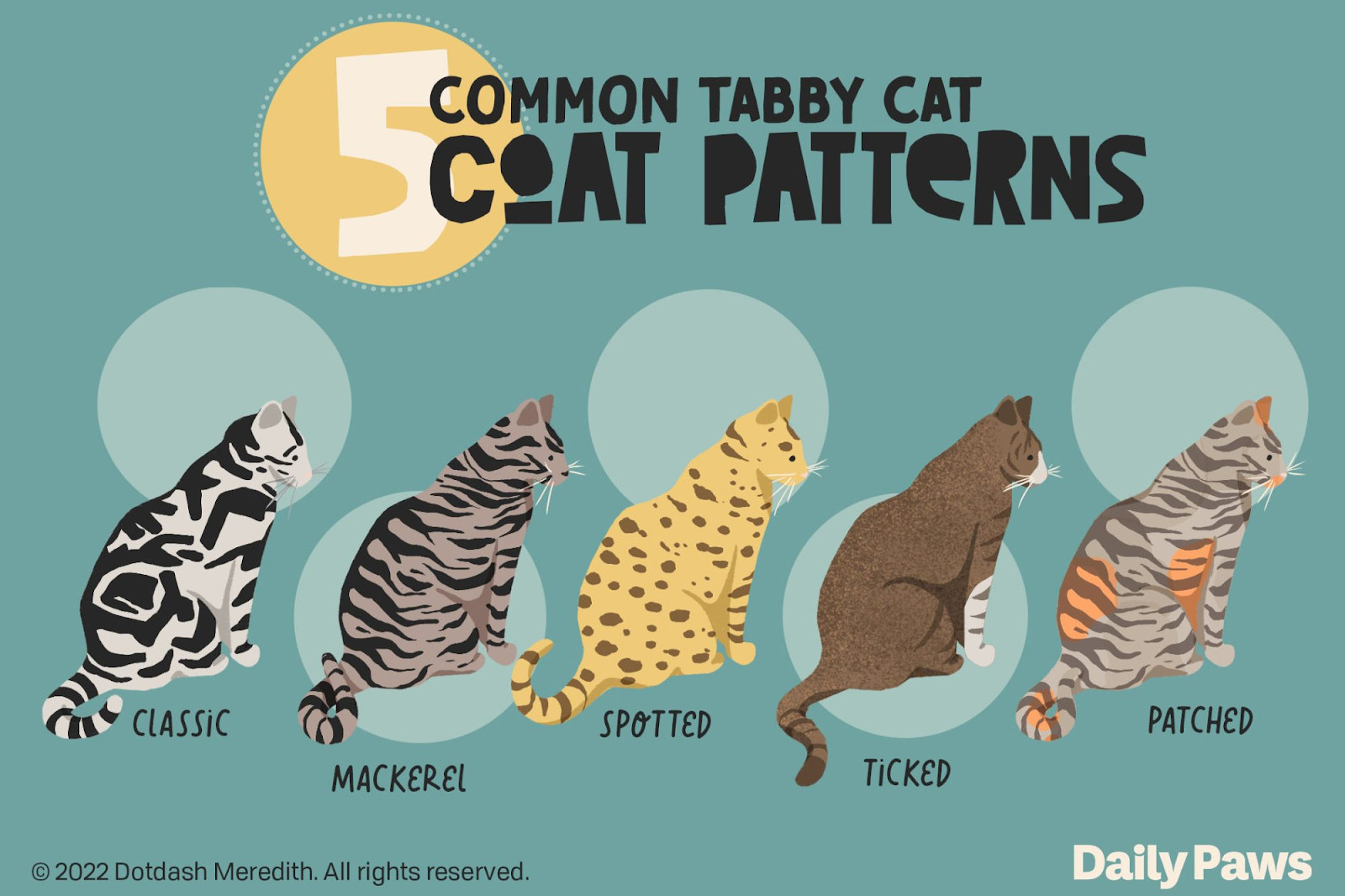 A close-up of a brown and white tabby cat's face, highlighting the 'M' marking on the forehead and the contrasting fur colors.
A close-up of a brown and white tabby cat's face, highlighting the 'M' marking on the forehead and the contrasting fur colors.
The white markings on a brown and white tabby can vary significantly. Some may have just a touch of white on their paws or chest, while others might be predominantly white with patches of brown tabby. Common white markings include white paws (“socks” or “mittens”), a white chest and belly, and sometimes a white blaze on the face. This variation in white distribution makes each brown and white tabby cat uniquely beautiful.
Eye color in brown and white tabby cats is equally diverse. You might encounter brown and white tabbies with captivating green, gold, yellow, or even blue eyes. These eye colors contrast beautifully with their coat, enhancing their expressive faces.
The tabby pattern, including the brown and white coloration, is not breed-specific. Many breeds can exhibit this pattern and color combination, including:
- Maine Coon: Known for their large size and gentle nature, Maine Coon brown and white tabbies are particularly striking.
- American Shorthair: A classic breed, American Shorthairs are frequently seen with brown and white tabby coats.
- British Shorthair: These sturdy cats can also sport the brown and white tabby pattern, adding to their cuddly bear-like appearance.
- Scottish Fold: With their distinctive folded ears, Scottish Fold brown and white tabbies are undeniably charming.
- Bengal: While often associated with spotted patterns, Bengals can also display tabby markings, including brown and white variations.
Whether long-haired or short-haired, the brown and white tabby coat is a testament to the genetic diversity and beauty found within domestic cats.
Brown and White Tabby Cat Temperament: Charming Personalities
While coat patterns don’t dictate personality, tabby cats, including brown and white tabbies, are often associated with certain delightful temperaments. It’s important to remember that individual personalities vary based on genetics, upbringing, and environment. However, common traits are frequently observed in tabby cats.
-
Friendly and Sociable: Brown and white tabby cats often have a reputation for being social and people-oriented. They typically bond strongly with their families and enjoy being involved in household activities. They are known to be curious and may greet visitors with interest, though early socialization plays a crucial role in shaping their comfort around strangers. Many brown and white tabbies thrive in multi-pet households and get along well with children when properly introduced and raised together.
-
Intelligent and Playful: Tabby cats are generally considered intelligent, and brown and white tabbies are no exception. This intelligence translates to trainability and a love for interactive play. They can quickly learn commands, use puzzle feeders, and enjoy games that challenge them mentally and physically. Their playful nature makes them entertaining companions, often engaging in chasing toys, climbing, and exploring their surroundings.
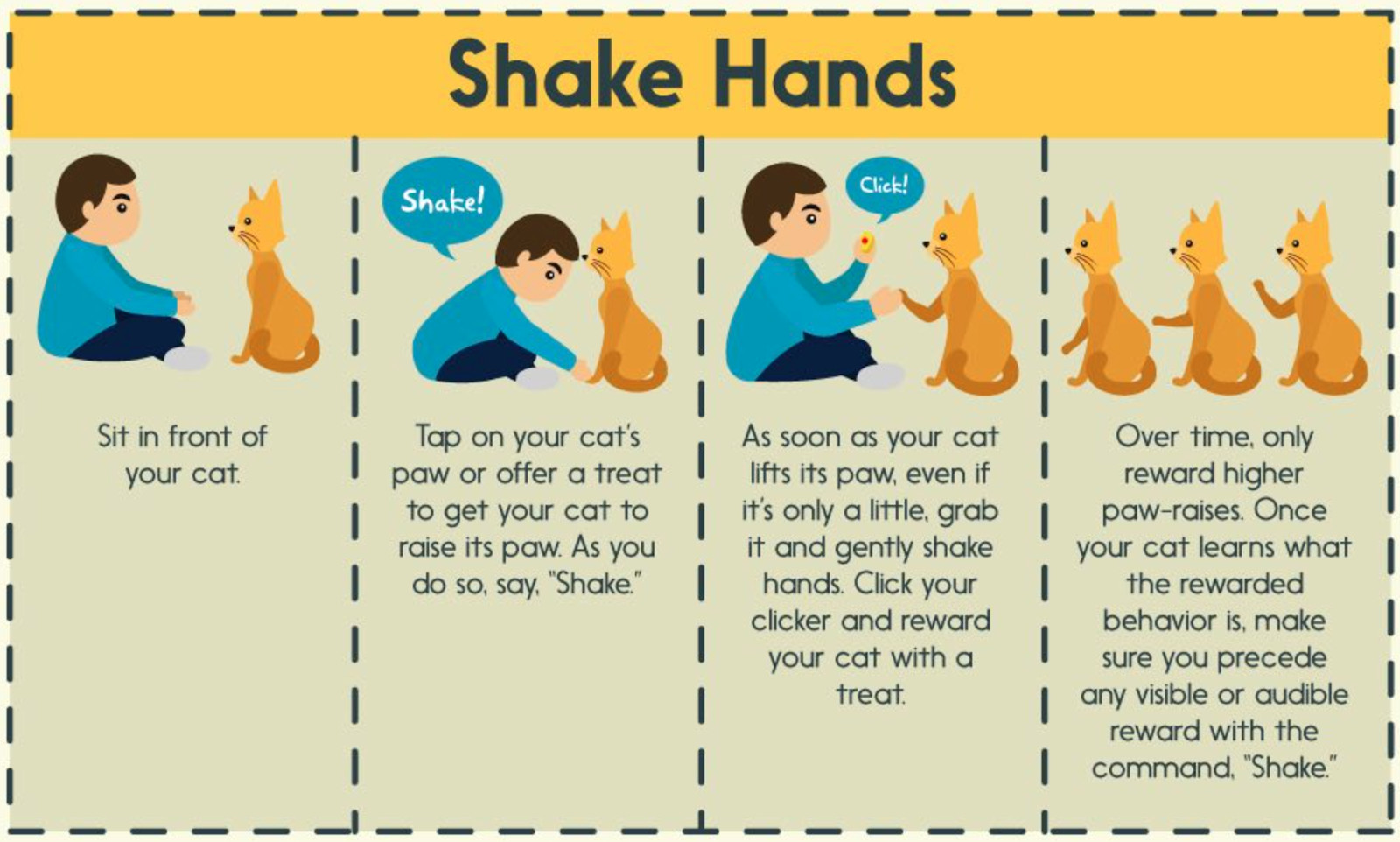 A brown and white tabby cat playfully batting at a toy, showcasing their active and intelligent nature.
A brown and white tabby cat playfully batting at a toy, showcasing their active and intelligent nature.
-
Vocal Communicators: Brown and white tabby cats can be quite vocal, using a range of meows, purrs, and chirps to communicate their needs and emotions. They might meow to greet you, request food, or simply to get your attention. Understanding their vocalizations can strengthen the bond between you and your cat, allowing for better communication and responsiveness to their needs. The classic “hungry meow,” a persistent and often loud cry, is a well-known tactic employed by tabbies when mealtime approaches.
-
Affectionate Companions: Many brown and white tabby cat owners describe them as affectionate and loving pets. They enjoy cuddling, lap time, and being petted. They often express affection by rubbing against legs, purring contentedly, and seeking close proximity to their favorite humans. Some might even bring “gifts,” like toys or captured prey, as a sign of affection. The level of affection can vary, but generally, brown and white tabbies are known for forming deep bonds with their families.
-
Active and Curious: Brown and white tabby cats generally have a moderate to high energy level. They enjoy exploring, playing, and staying active throughout the day. Providing them with ample opportunities for exercise and mental stimulation is crucial for their well-being. This activity level can be managed with regular playtime, scratching posts, climbing structures, and interactive toys. Their curiosity often leads them to investigate new things and spaces, keeping their owners entertained with their antics.
-
Generally Quiet (After Playtime): While they can be vocal, brown and white tabby cats also appreciate downtime. After periods of activity and play, they often enjoy relaxing and napping. Cats typically sleep a significant portion of the day, and brown and white tabbies are no exception, often seeking out cozy and quiet spots for their rest. This balance of activity and rest makes them adaptable to various lifestyles.
Caring for Your Brown and White Tabby Cat
Providing proper care ensures a happy and healthy life for your brown and white tabby cat. Their needs are similar to those of any domestic cat, but understanding specific aspects can enhance their well-being.
Nutritional Needs
A balanced diet is fundamental to your tabby’s health. As obligate carnivores, cats require a diet rich in animal protein. High-quality commercial cat food, whether wet or dry, formulated for their life stage (kitten, adult, senior), is essential. Look for foods that list meat as the primary ingredient.
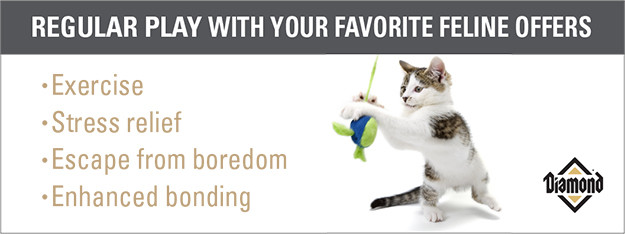 A selection of healthy cat food options, emphasizing the importance of a protein-rich diet for tabby cats.
A selection of healthy cat food options, emphasizing the importance of a protein-rich diet for tabby cats.
Feed your adult brown and white tabby cat twice a day, following the guidelines on the food packaging. Fresh, clean water should always be available. Treats can be given in moderation, but should not replace a balanced diet. Avoid giving cow’s milk, as it can cause digestive issues in cats.
Exercise and Environmental Enrichment
Brown and white tabby cats, with their playful and active nature, need regular exercise to stay physically and mentally stimulated. Aim for at least 20-30 minutes of interactive playtime daily. Provide a variety of toys, such as feather wands, toy mice, and puzzle toys, to keep them engaged.
Scratching posts and cat trees are crucial for allowing them to exhibit natural scratching and climbing behaviors in a designated and acceptable way, protecting your furniture. Creating a stimulating environment with window perches, hiding places, and vertical spaces will further enrich their lives, especially for indoor cats.
Safety and Health
Keeping your brown and white tabby cat safe involves both indoor and outdoor considerations. Indoors, secure windows and balconies to prevent falls. Keep toxic substances, cleaning supplies, and medications out of their reach.
Regular veterinary check-ups are vital for preventive care, vaccinations, and parasite control. Annual vet visits are recommended for adult cats, and more frequent visits are necessary for kittens and senior cats. Ensure your cat is microchipped and wears a collar with identification tags in case they get lost. Indoor cats generally live longer and safer lives, protected from traffic, predators, and diseases.
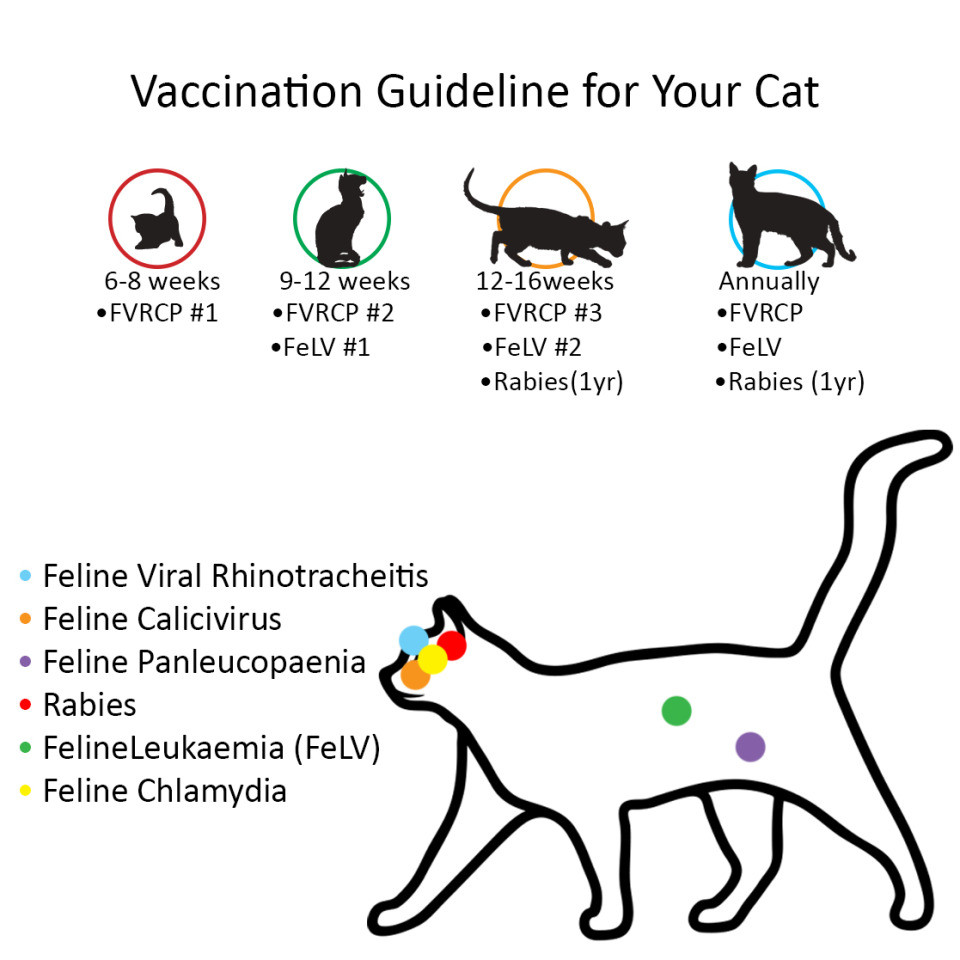 A veterinarian gently examining a tabby cat, highlighting the importance of regular health check-ups and preventative care.
A veterinarian gently examining a tabby cat, highlighting the importance of regular health check-ups and preventative care.
Grooming Needs
Brown and white tabby cats are generally low-maintenance when it comes to grooming. Regular brushing, once or twice a week, helps remove loose fur, prevent mats, and reduce hairballs, especially for longer-haired varieties.
Occasional baths may be necessary, but cats are generally efficient self-groomers. Nail trimming every few weeks is important to prevent overgrowth and scratching. Check their ears regularly for any signs of discharge or infection and clean them gently if needed. Dental care, including regular teeth brushing or dental treats, contributes to their overall health.
Brown and White Tabbies in Apartments and Rental Properties
Brown and white tabby cats are adaptable to various living situations, including apartments and rental properties. Their moderate energy levels and affectionate nature make them well-suited for indoor living, provided their exercise and enrichment needs are met.
When renting with a pet, it’s essential to be transparent with landlords and provide necessary documentation, such as vaccination records. Pet-friendly rental services can streamline the process of finding suitable housing for pet owners. Responsible pet ownership, including preventing damage and ensuring cleanliness, is crucial for maintaining positive landlord-tenant relationships.
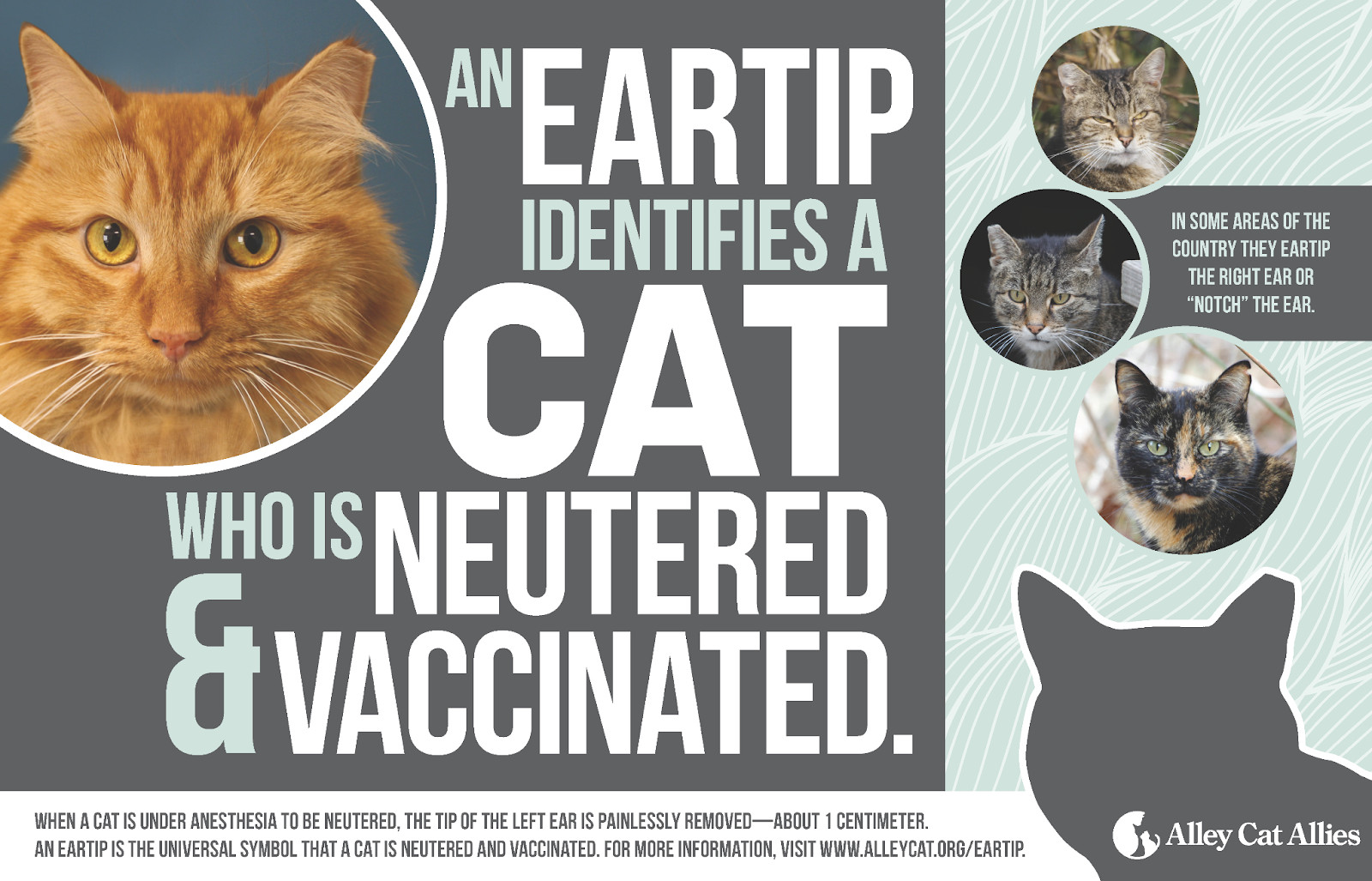 A brown and white tabby cat comfortably settled in a cozy apartment setting, demonstrating their adaptability to indoor living.
A brown and white tabby cat comfortably settled in a cozy apartment setting, demonstrating their adaptability to indoor living.
Spaying or neutering your brown and white tabby cat is not only responsible pet ownership but also beneficial for their health and behavior. It prevents unwanted litters and can reduce certain health risks and behavioral issues.
Embracing the Brown and White Tabby Charm
Brown and white tabby cats embody the classic tabby allure with an added touch of bicolor elegance. Their captivating coat patterns, combined with their often affectionate, intelligent, and playful personalities, make them cherished companions. Whether you live in a house or an apartment, a brown and white tabby cat can bring joy, warmth, and endless entertainment to your life. Understanding their needs and providing proper care ensures a long, happy, and fulfilling life together with your charming brown and white tabby feline friend.
